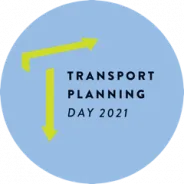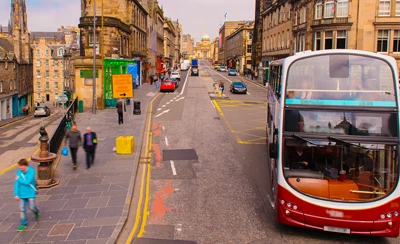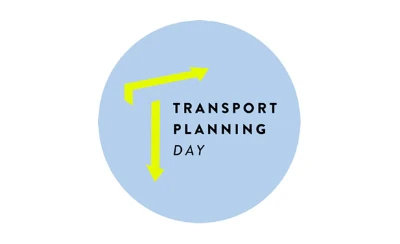TP Day Campaign 2021 - Increasing the visibility of under-represented groups in strategic transport modelling and appraisal
In a recent informal industry survey three quarters of respondents felt that models that account for gender differences would help transport professionals to better account for different gender needs. That’s a lot! In our defence, transport modellers take pride in explaining behaviour from observations, segmenting between groups that are seen to make distinct choices; and if there is no or little difference between groups we amalgamate them. In reality this means that we generally distinguish only by income and car ownership, which affect travel behaviour strongly; but we don’t segregate by gender, nor do we explicitly consider age, gender, race, religion or disability. These (if corrected for income and car ownership) don’t impact behaviour as much, at least in traditional surveys.
It’s not easy to incorporate some of this additional diversity in our models, if observed behaviour between groups is similar, when the group’s size is small in the surveys, or when it’s difficult to forecast future changes in their size and location. But even if we would, the impact on decision-making might not be great, as other model simplifications also play. The majority of strategic transport models operate at a spatial and functional level of detail that cannot reflect some of the fundamental differences in how the transport system is used and experienced by under-represented groups. Many such models are still trip-based and thus don’t do justice to the multi-modal complexities often faced by less abled travellers, many carers, or those without access to a car. Their spatial representation is too coarse to deal with pavement quality, bus and bus stop accessibility, and security in general.
Models are simplifications of reality; simplifications that themselves reflect the (possibly prejudiced) world view of the modeller. The definition of the generalised cost function, for example, that incorporates mainly easy to observe and estimate variables such as time, distance and fare, is biased towards the experience of those that are confident in trading off choices based on just those differences, ignoring physical constraints that others might encounter. The spatial granularity of strategic models supports decision-making for motorised modes, for which they were originally developed in the mid-twentieth century, and less so for shorter distance movements and active alternatives.
What to do? Some of these shortcomings are being addressed by the profession. Agent-based models will help by increasing the granularity of the model’s spatial representation, of how the diversity in the population is represented, of the complexities of activity and travel patterns of that diverse population, of the choices available to them, and of the interfaces and interdependencies between modes and within households. But some questions are better addressed by data analytics and even qualitative approaches that can do justice to the real-life differences that frustrate a more equal, diverse and inclusive transport system; much more so than any mathematical abstraction can.
That’s not to say, to borrow a phrase, that women can remain invisible in modelling. A more diverse and representative transport modelling profession will help call out the in-built biases in our existing models, which we are slowly beginning to understand. More segmentation, such as by age, race and gender, will allow the impacts on under-represented groups to become visible, even though in the short term their choice models may remain the same as that for healthy, middle-aged white men. But not all decision-making benefits from modelling, and simpler rather than more complex tools may help making transport plans, policies and projects more inclusive. And it’s not just about modelling – for decision-making I think that a more detailed representation of age, gender, religion and other protected characteristics in appraisal practice is probably more valuable.
This blog is the second in a series on Equality, Diversity and Inclusion in Transport - the theme for our Transport Planning Day Campaign 2021. For more information about this year's campaign activities go to https://tps.org.uk/transport-planning-day-and-campaign/announcing-transport-planning-day-2021









